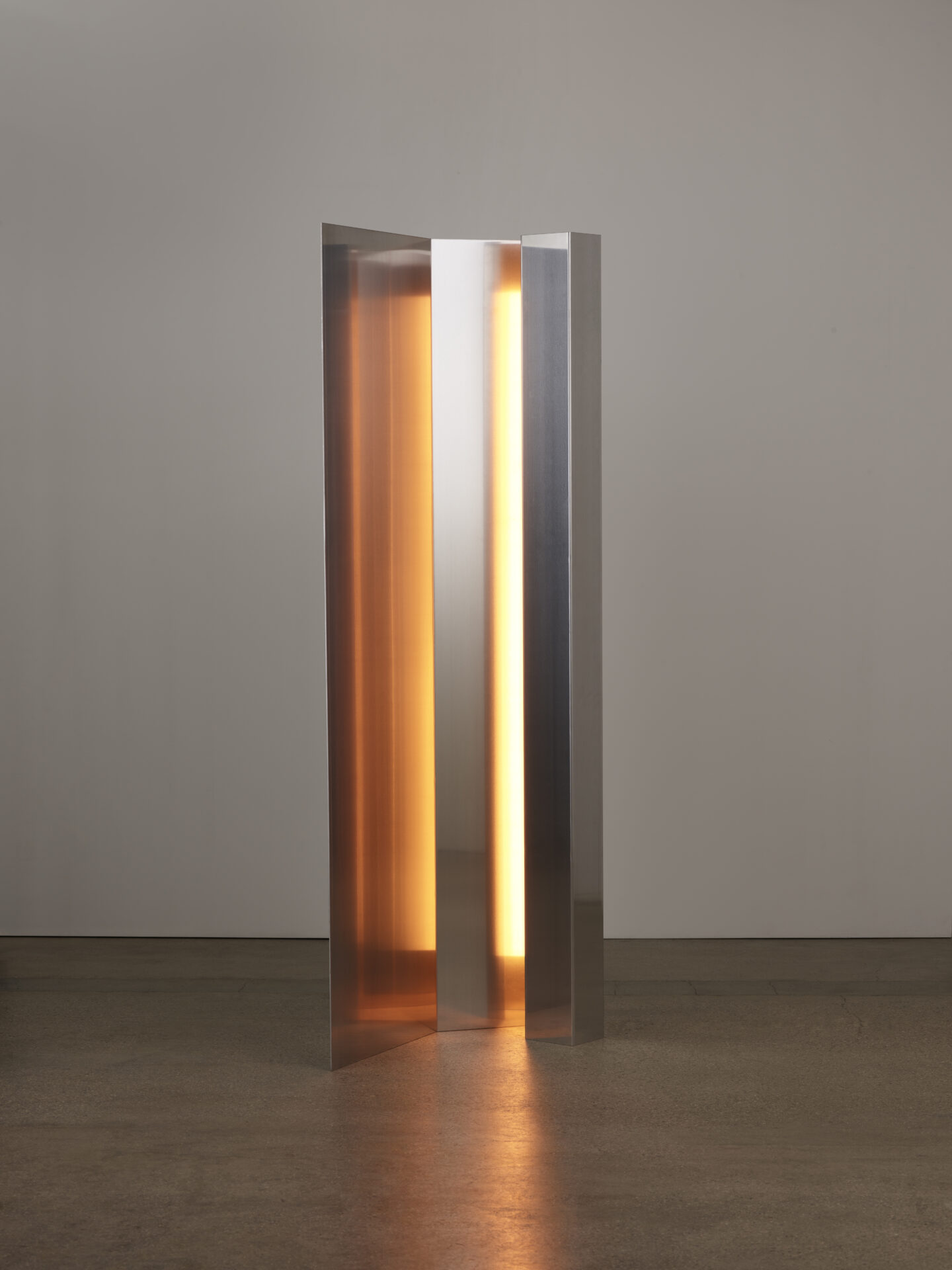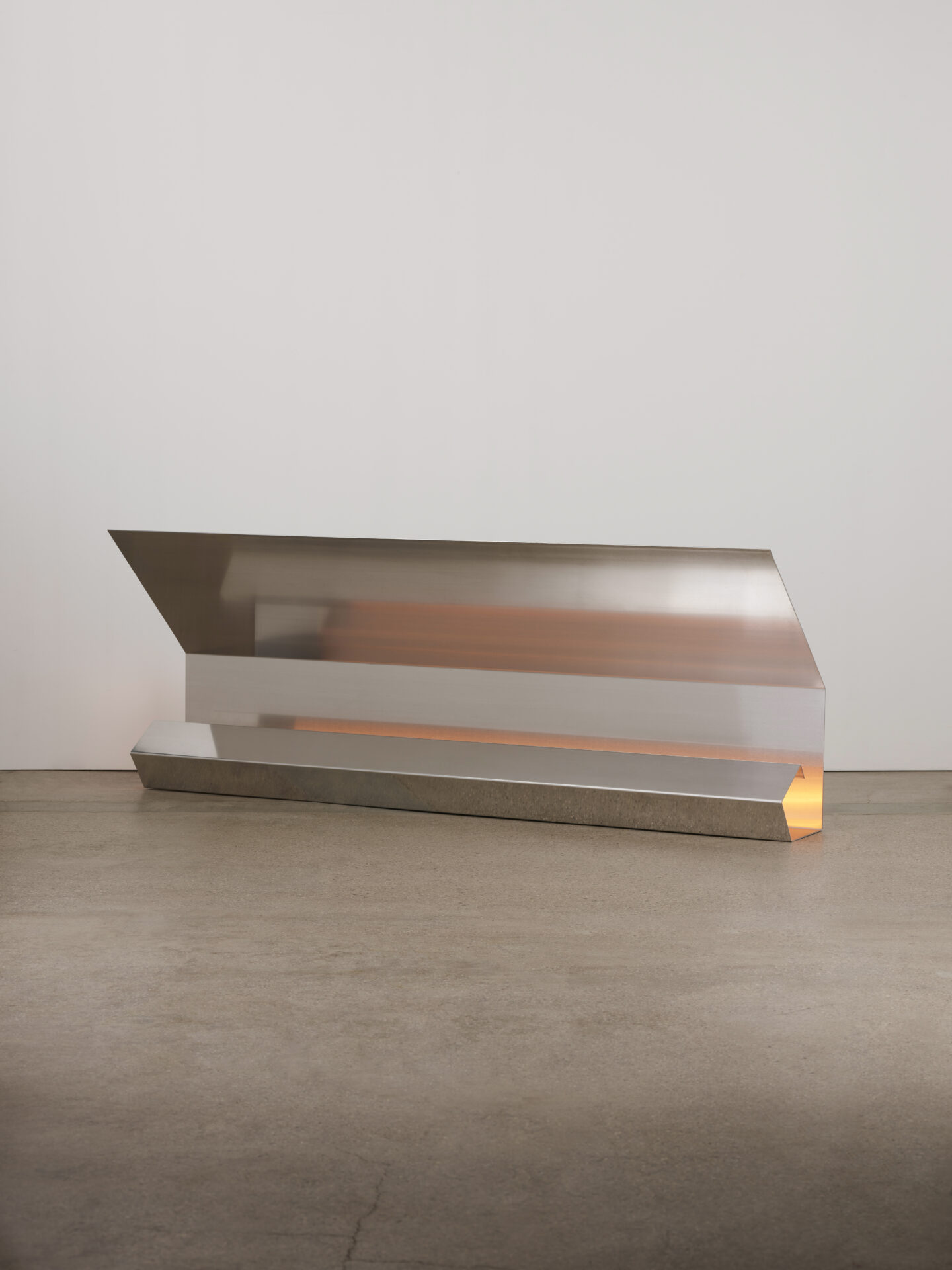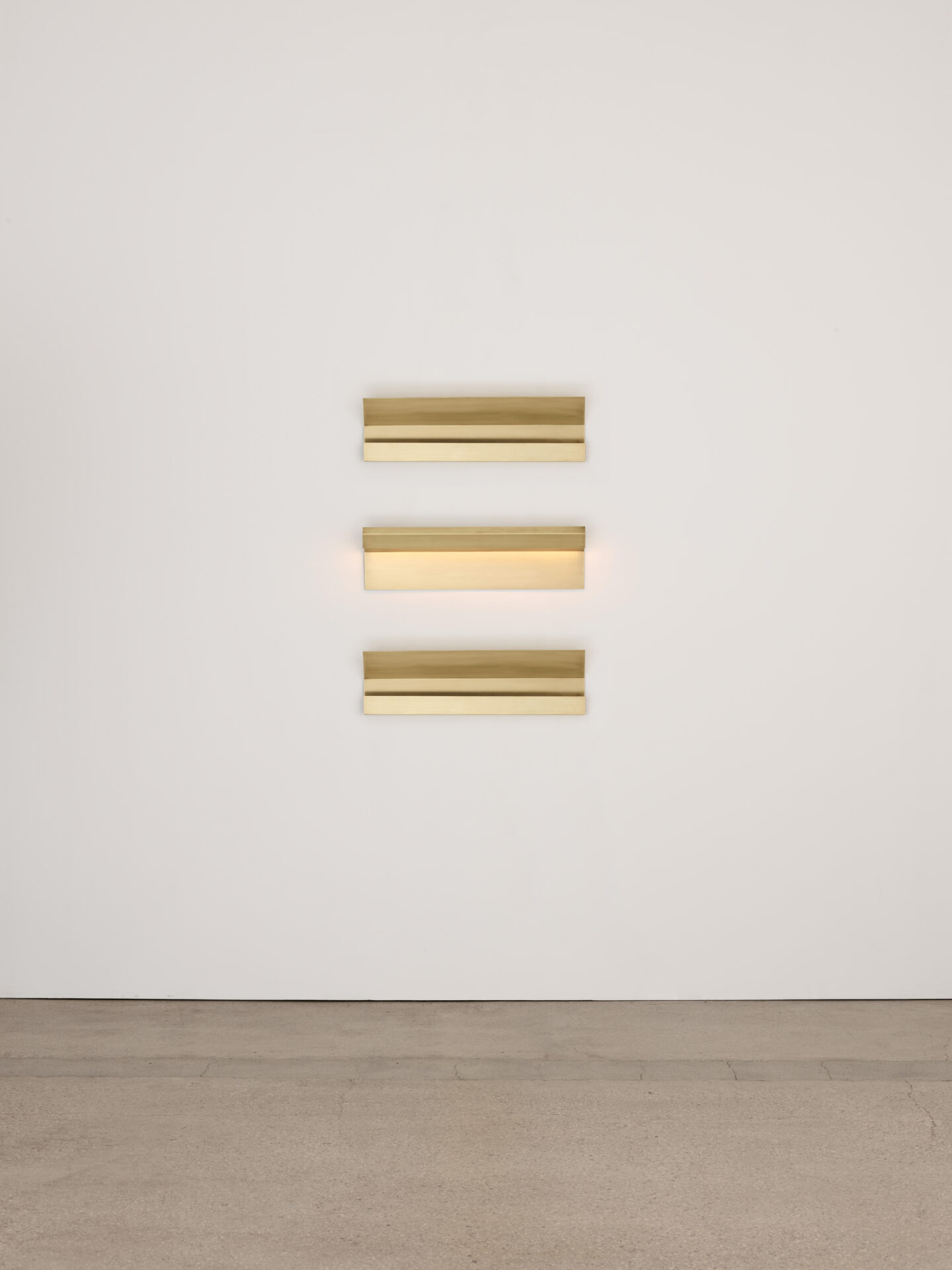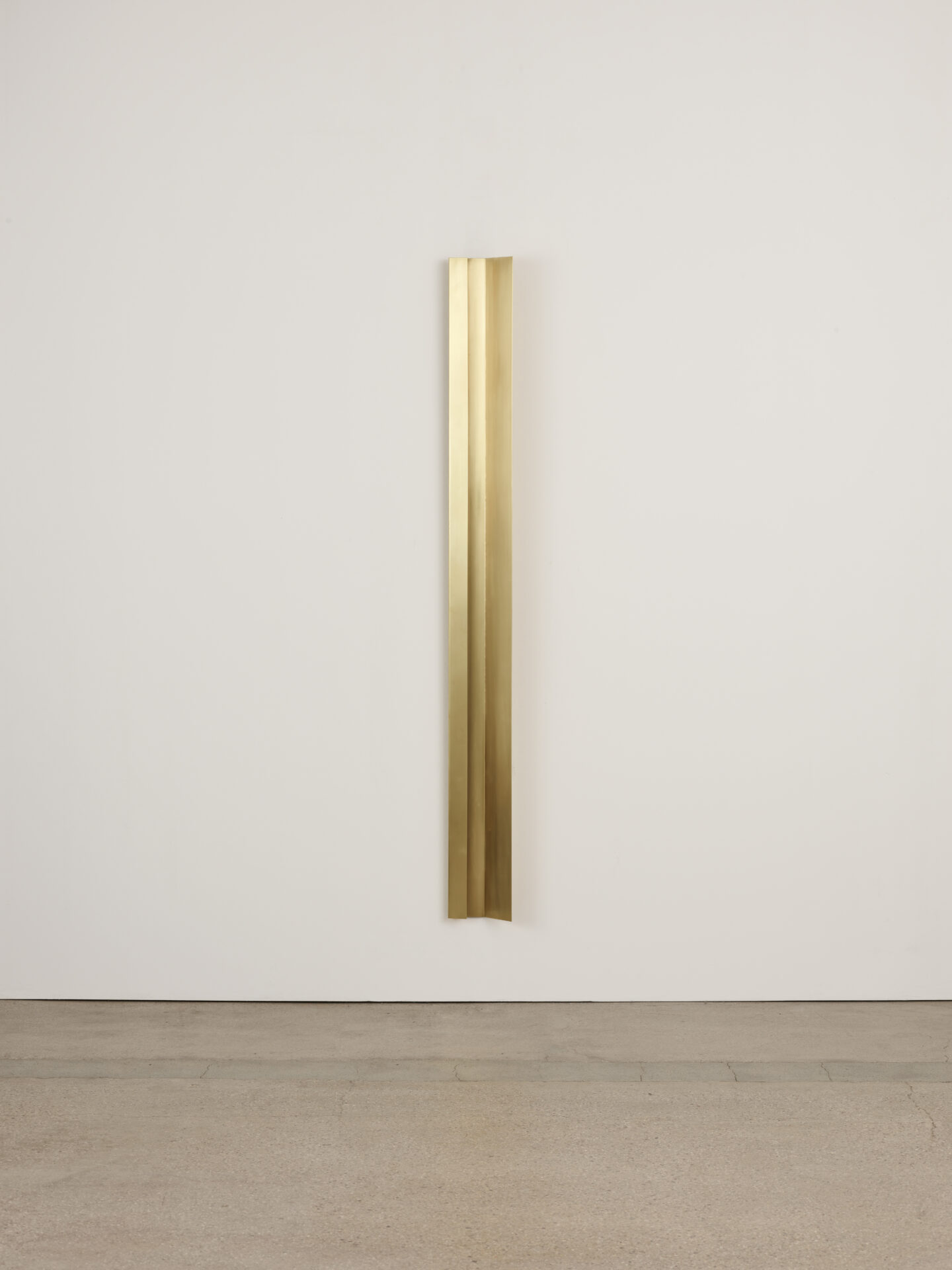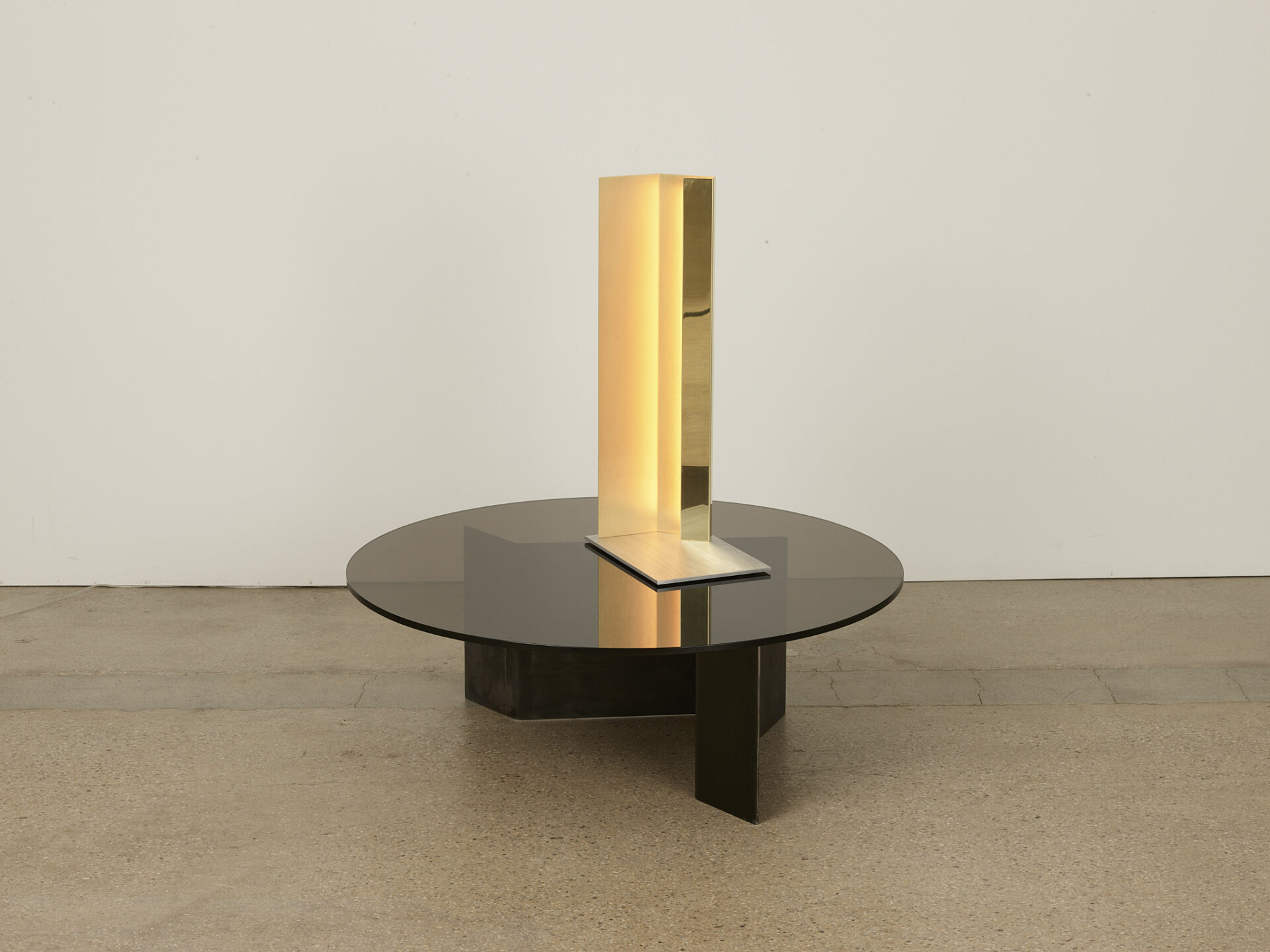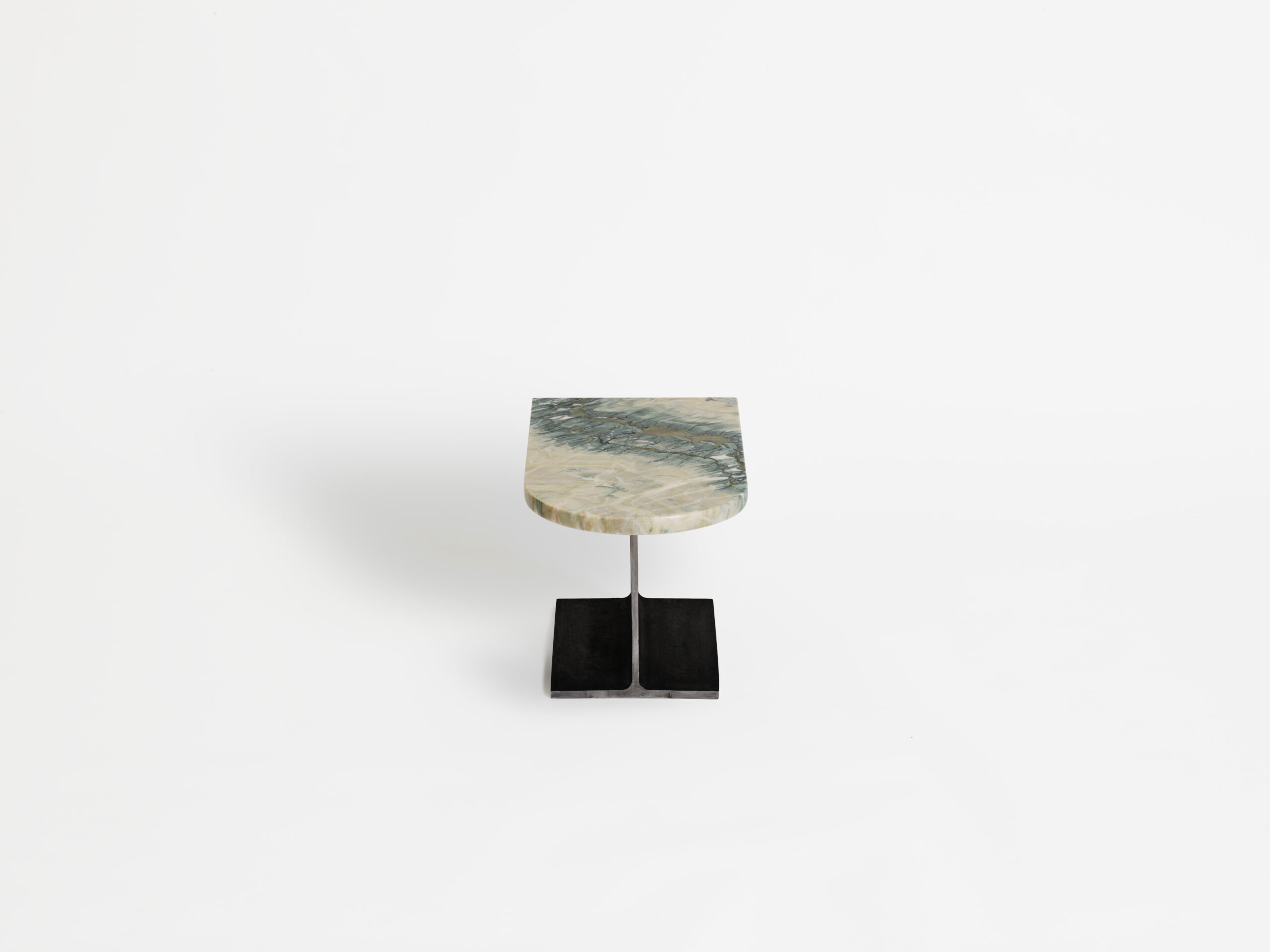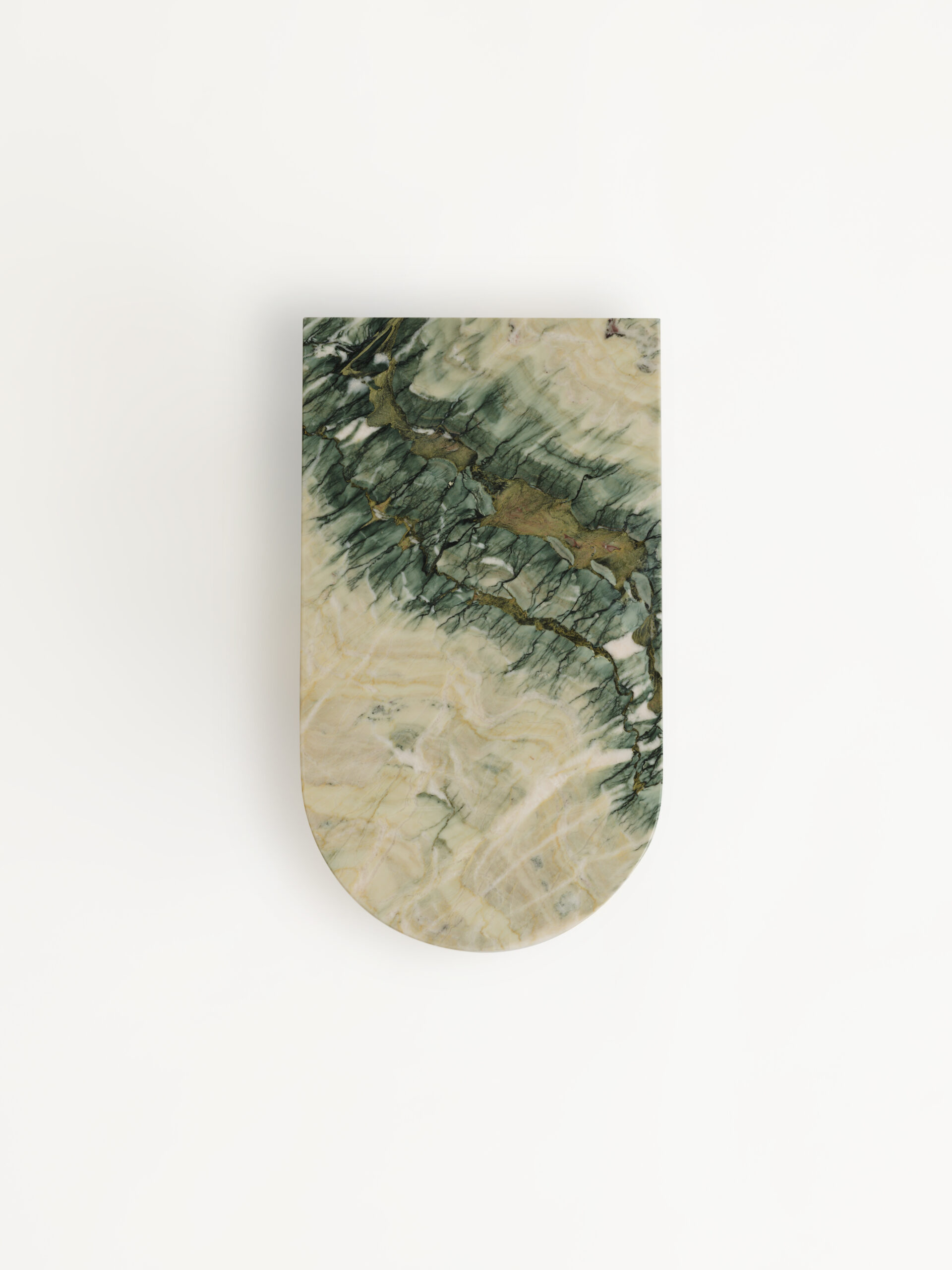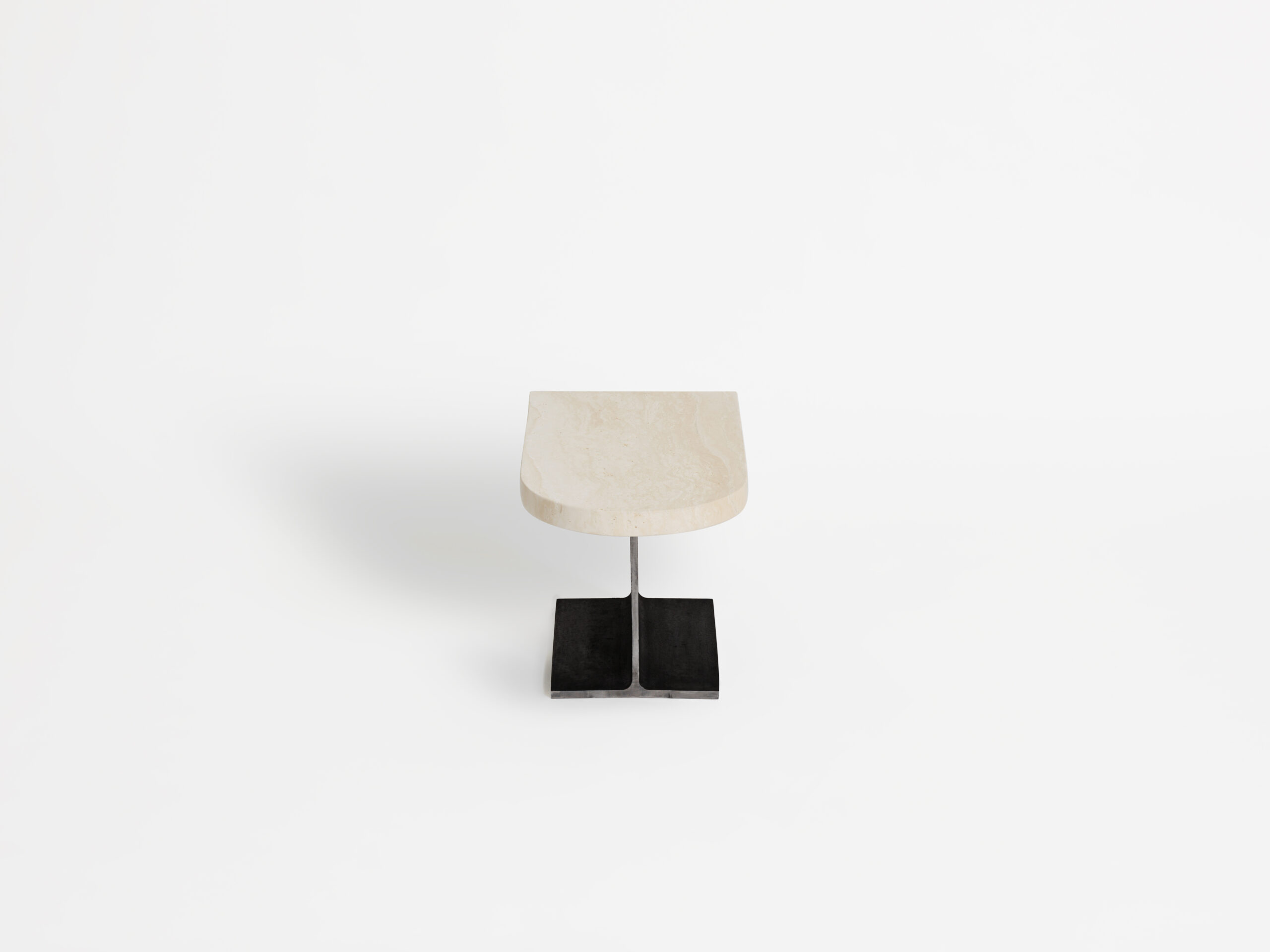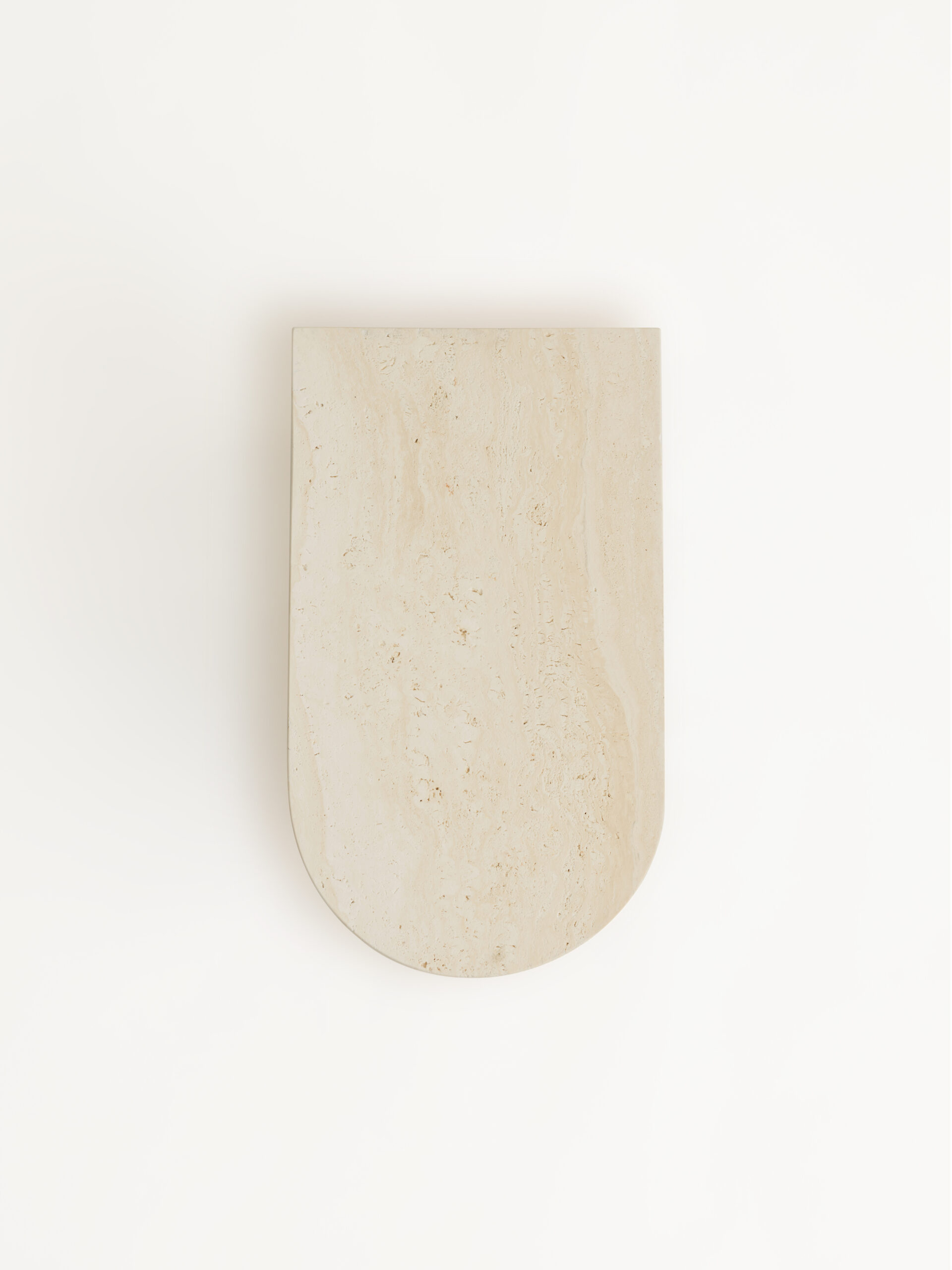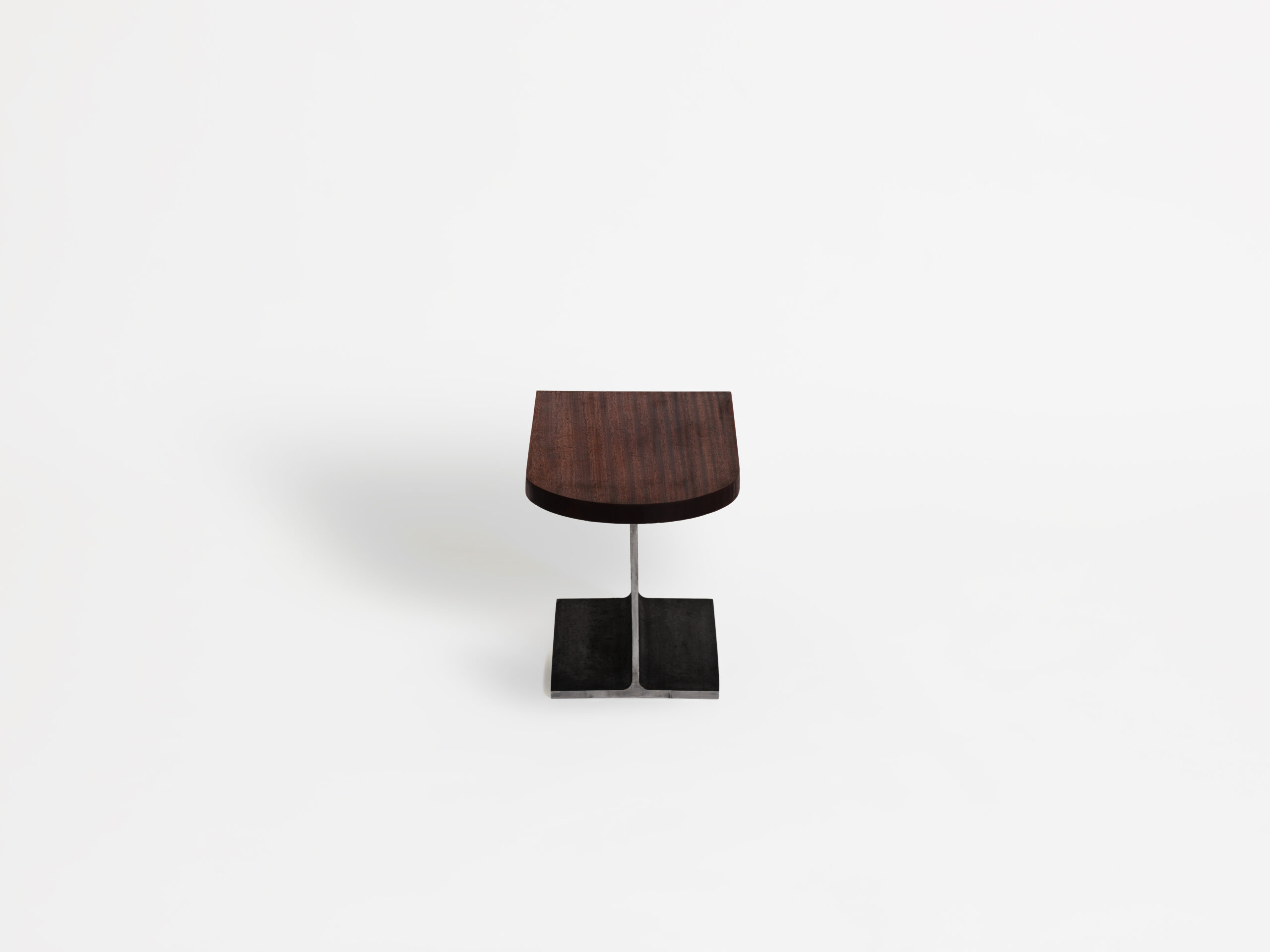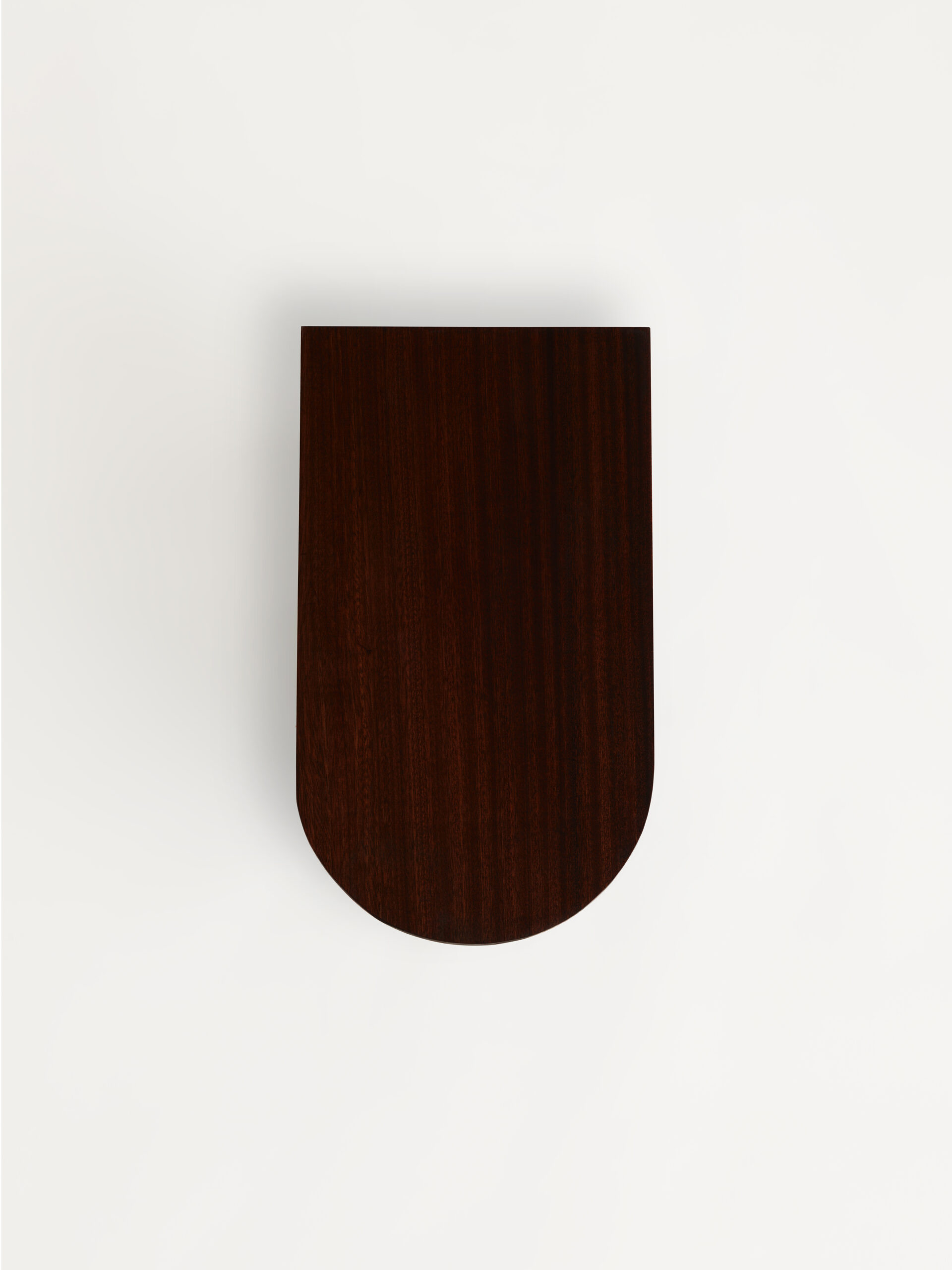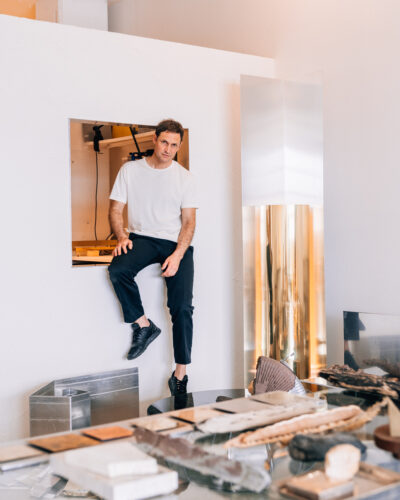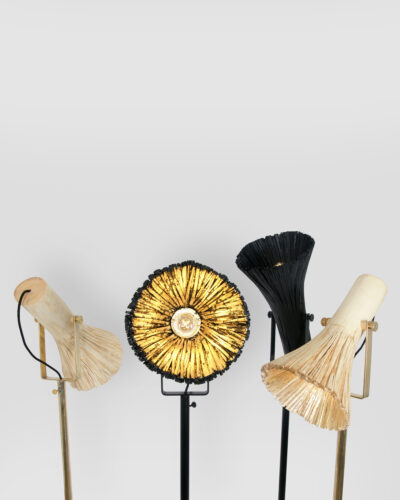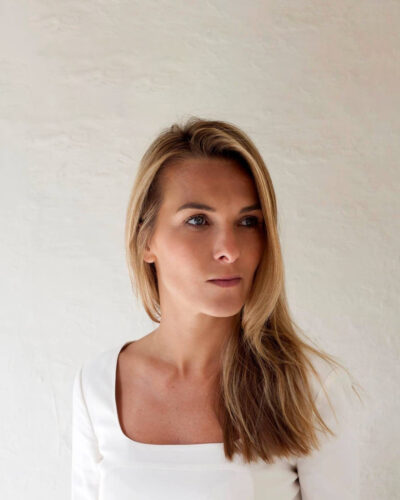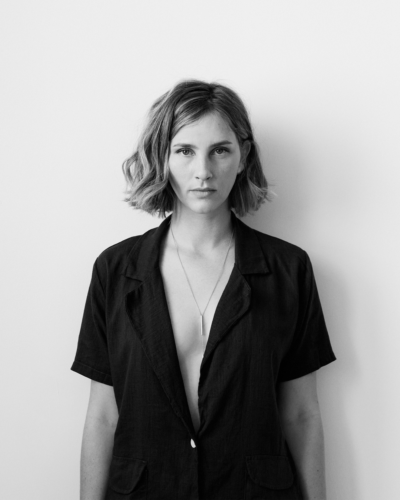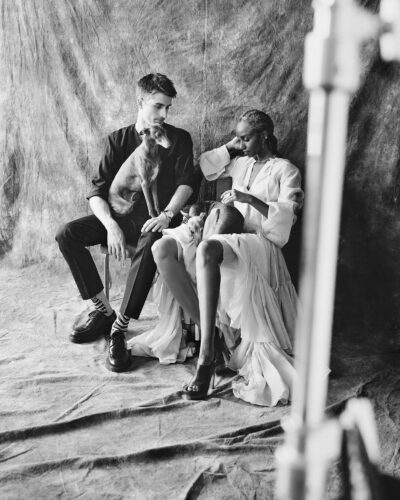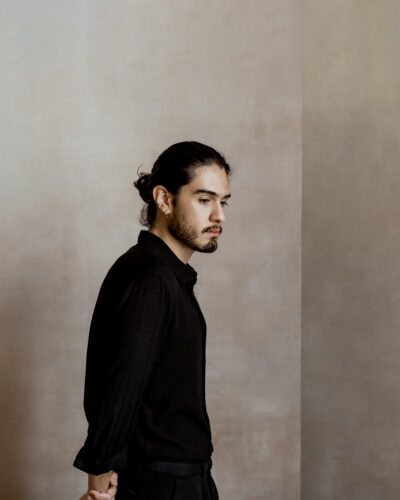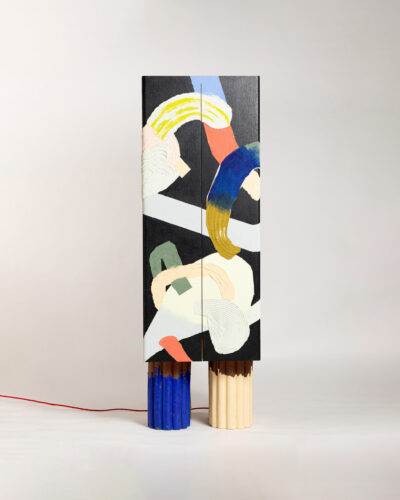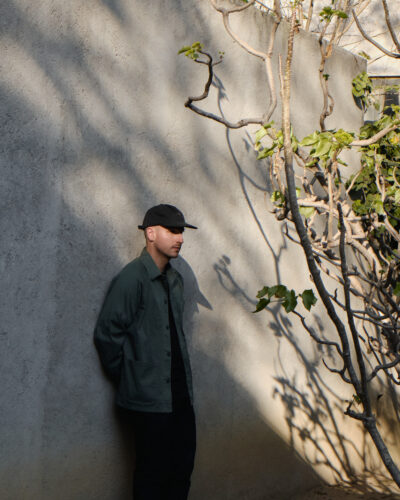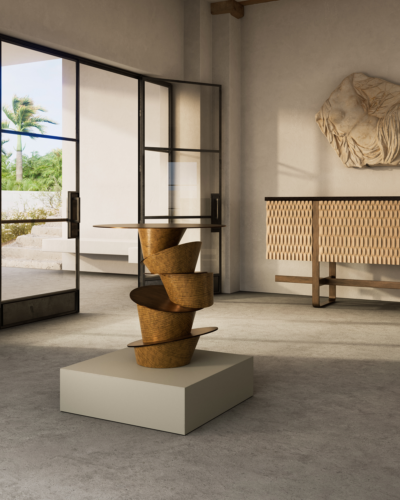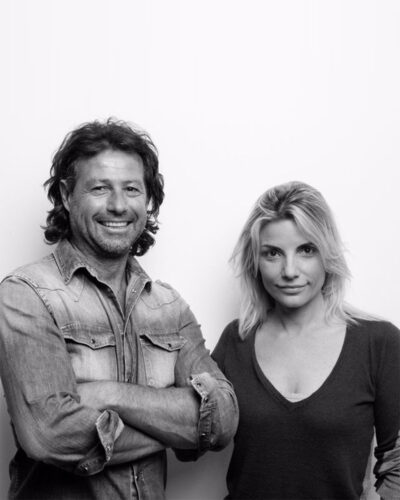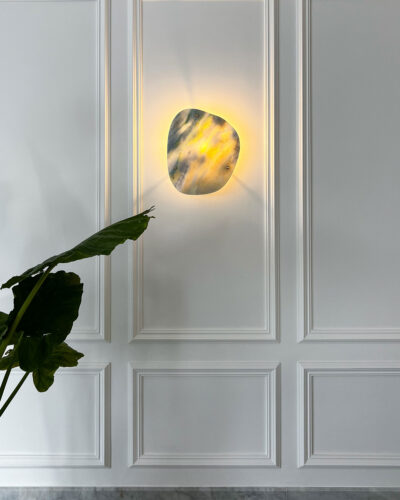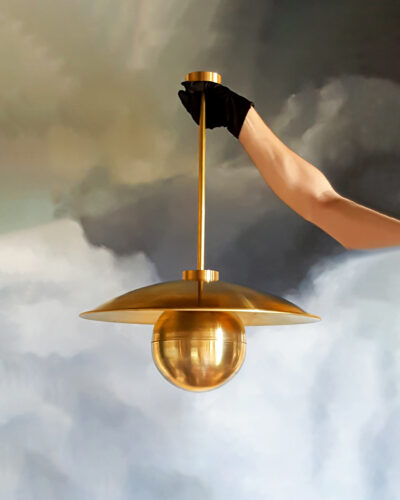This website uses cookies so that we can provide you with the best user experience possible. Cookie information is stored in your browser and performs functions such as recognising you when you return to our website and helping our team to understand which sections of the website you find most interesting and useful.
Listen to the conversation between Rosanna and Umberto Bellardi Ricci.
“One thing about New York is that it’s very photogenic,” notes Umberto Bellardi Ricci from his 13th floor studio in Brooklyn, “but I always feel that [the city] works better on the scale of the skyline, rather than walking among those tall giants, which have no human-scale reference.”
Having studied and taught Architecture, Umberto Bellardi Ricci intuitively assesses and analyses the built environment, forever in the process of constructing and deconstructing. From his vantage point – facing west towards Manhattan, which lies just across the river – Bellardi Ricci becomes an observer, absorbing the city from a distance, and from a height. “New York is essentially a lot of glass, extruded metal, folded metal – and the backdrop of the city, its architecture, has somehow entered my studio, where I am making these vertical pieces and folded steel pieces – like little maquettes of the city.” The imposing proportions and structural rigor of Bellardi Ricci’s work makes direct reference to the man-made structures that surround him, yet he plays with our sense of scale and perspective – making architectural monoliths for the home, beyond which the city’s skyline is miniaturized.
“It’s become an interplay between the studio and the backdrop – of the city and the space.”
Bellardi Ricci’s designs are monumental; crisp, thin sheets of metal are folded and bent, standing alone, entirely without support. With each fold, a new panel or plane is created – and like the facets on a gemstone, they accentuate the brilliance of the raw material, creating an exaggerated sense of depth and luminosity. “It’s interesting that these flat sheets become three-dimensional – that they gain their strength from the manipulation, from the fold itself.”
The interplay between flat surface and voluminous space is exemplified in ‘Spira’ – a large-scale, free-standing vertical column of aluminium that coils gently inwards to create shadowed nooks and hollows. Following the, “Golden Section or Fibonacci roll – where each bend increments in a proportional way to the next,” the folded steel structure recontextualizes the principles and materials of architecture, utilizing them at a new scale, for an entirely different purpose.
“The creation of volume is interesting because volume is essentially a void, and so it’s actually about what wraps around it [that’s interesting]. As an architect I spent a lot of time designing negative spaces for casts and moulds – but nowadays I feel that my pieces are negatives that capture space – they are shells.”
At dusk, Bellardi Ricci’s shells are aglow – lit from within, bathed in soft, warm light. “Some of the lights are called Mano, which means ‘hand’. [The sheet of brass is folded] like a hand holding a candle, with a warm light that comes from inside…” Like the evening sun that warms the glassy facades and cool metal surfaces of our cities, there is a certain quality of light that can transform even the most permanent of structures into something experiential, ethereal, fleeting. Bellardi Ricci captures this moment, using light to create atmosphere rather than brightness, as an experience not a function.
Probing at the ever-changing nature of perspective, Bellardi Ricci has a flexible approach to scale. “My work could be a maquette, but it would also work in a much larger spatial context, as spatial sculpture.” Thinking in terms of space, volumes and planes, Bellardi Ricci has a purely three-dimensional design process, noting that, “Drawing isn’t somewhere I feel very free, and so my way of sketching is to make models. It’s my way of figuring out form. Drawing feels less natural for me and so I become too self-conscious – whereas on a model, in three-dimensions, I can play and be very free.”
Bellardi Ricci’s intimate knowledge of his materials – “the ready-made elements that the city is made of” – result in designs that have a great sense of ease. Simple compositions in contrasting materials, Bellardi Ricci avoids fasteners and complex engineering, explaining that, “The seams and joins often reveal the scale of a piece, and so their seamlessness is a touch of magic. I want [my pieces] to feel like they just came like that.” Masterful at balancing function and aesthetic: in only three origami-like folds, a sheet of metal becomes a stable support for the ‘Pica’ tables. Balanced on the knife-edge of the sheet metal base is a glass tabletop, through which one can trace the angular line of the structure below, or peer into its depths.
Pushing at the language of architecture, Bellardi Ricci forces it to express something of nature: the ‘Riso’ table uses standard industrial-architectural materials, yet it conjures thoughts of the ocean. Shaped like the hull of a boat, the marble tabletop is dappled and swirled in marine blues and seafoam white, and is supported on a steel I-beam that is barely-there from one angle, yet perfectly solid from another. Like a hydrofoil that rises momentarily out of the water, there is a lightness of touch to this design that feels almost aerodynamic despite its weight and solidity.
“A lot of my work uses this industrial material language, but on the other hand [each piece is] very hand-made and finished, so there’s a strong individual element.”
Often referred to in terms of the American Minimalists, the processes and concerns that drive Bellardi Ricci are perhaps more akin to Land Art than Minimalism. Part of the wider Conceptual Art movement of the 60s and 70s, Land Art is characterised by a sense of scale that overwhelms or dwarfs the individual. Artists such as Robert Smithson, Nancy Holt and Michael Heizer work with, in, and on the land to create experiential sculptures. Bellardi Ricci notes that, “Their incisions in the landscape, and the interplay of space and landscape, has been very influential on my work.”
Having moved to New York from Mexico – and from Europe before that – Bellardi Ricci explains that he is, “now living with references that feel very New York, very American – and so I’m working with the materials that are relevant [to this environment] … Most of New York is made from folded metal, rolled metal, sheet metal – so it makes sense for me to work with it…” Living in a landscape of sheet metal and glass, Bellardi Ricci uses this palette – the raw materials of his local environment – to express something of human nature, of the worlds that we create, and those that we inherit.
